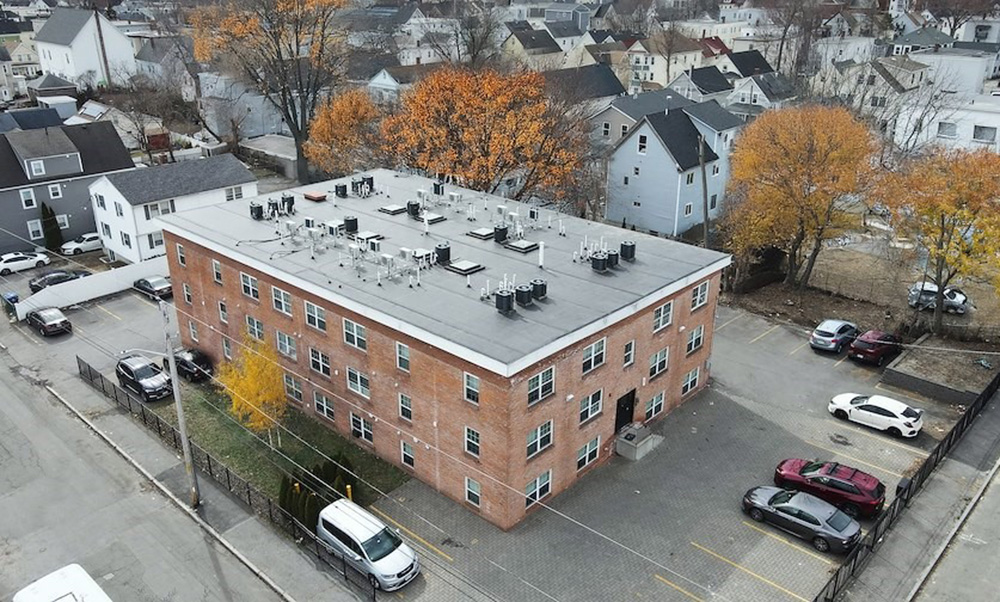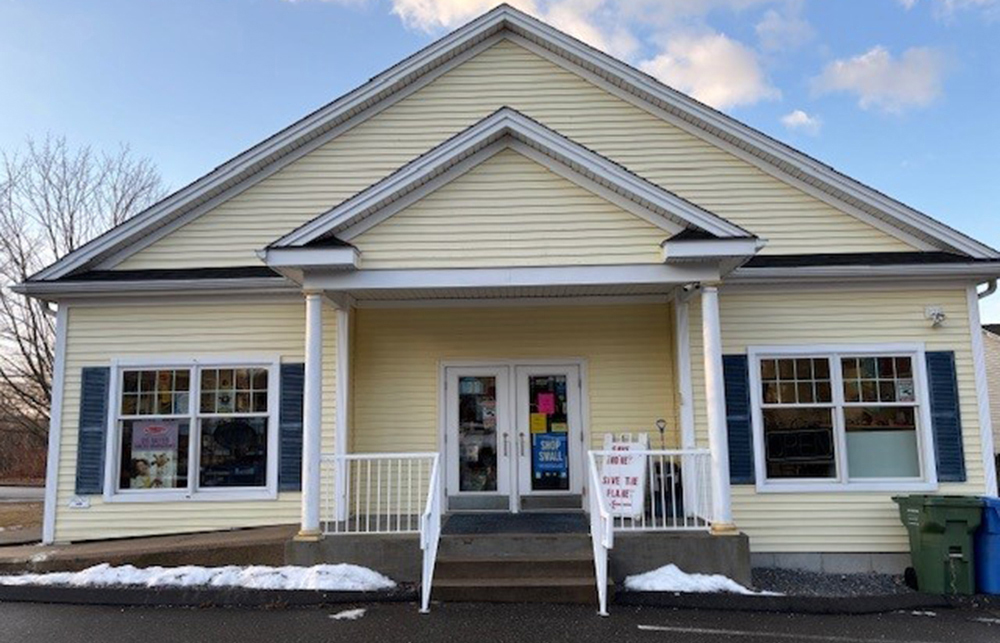Griffith Pepdjonovic Group of Marcus & Millichap broker $7.1 million sale of 30-unit multifamily property

Methuen, MA Marcus & Millichap negotiated the sale of Ashton Place Apartments, a 30-unit multifamily property for $7.1 million.
“The Merrimack Valley multifamily market continues to have strong demand from investors throughout the region. High occupancy and limited new supply in the workforce housing segment make these assets highly desirable,” said Evan Griffith, senior managing director.
“This property was gut renovated several years ago after a fire and rebuilt with modern layouts and finishes. It is no surprise that we had more than 30 property tours throughout the marketing process. The buyer was thrilled to add this turnkey property to their portfolio,” said Tony Pepdjonovic, senior managing director.
Griffith and Pepdjonovic represented the seller and procured the buyer.
Located at 11 Ashton Place, Ashton Place Apartments is comprised of studios, one- and two-bedroom apartments. Recent renovations feature modern kitchens with stainless steel appliances, stone counters and tiled backsplashes, along with updated bathrooms, new flooring and open-concept layouts. The property is located near multiple shopping centers, 2.2 miles from the Lawrence MBTA station and close to I-93 and I-495.
RapDev leases 17,587 s/f at 501 Boylston St. - lease brokered by JLL


Retail / tariffs / uncertainty and (still) opportunity - Carol Todreas
As new tariffs continue to impact the global economy, retail businesses and investors are grappling with heightened uncertainty. From new high tariffs to supply chain issues to evolving consumer behaviors, continual changes are making it as or more challenging than the pandemic years. Yet, amidst this turbulence,

Newbury Street: Boston’s timeless retail gem thrives in a modern era - by Joseph Aquino
Boston’s iconic Newbury St. continues to thrive as one of the most vibrant and compelling retail corridors in the United States. Nestled in the heart of the Back Bay, this historic St. has evolved into a powerhouse of high-St. retail, where luxury meets lifestyle and legacy brands coexist with up-and-coming names. With its European charm, diverse architecture, and unmatched foot traffic, Newbury St. remains a dynamic reflection of Boston’s energy, culture, and economic strength.

Placemaking and retail in 2024 - by Carol Todreas
Placemaking. That is the word for 2024. While the concept has historical precedence in urban development, it became part of our current culture in the 1960’s when urbanists started to think about cities for people, not just cars.










.png)
